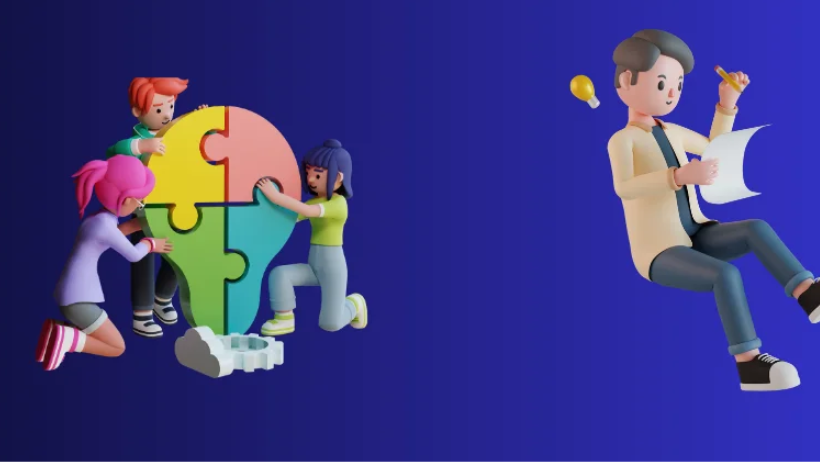3D animation is more than just moving pixels on a screen. It’s a digital art form that allows artists to tell stories, create worlds, and bring characters to life in ways that feel real and engaging. From movies and video games to advertising and education, 3D animation is everywhere.
In this guide, we’ll walk you through what 3D animation is, explore different techniques, highlight powerful tools, and share inspiring 3D animation examples to spark your creativity.
What is 3D Animation?
Simply put, 3D animation is the process of creating moving images in a three-dimensional space. Unlike 2D animation, where everything is flat, 3D animation gives depth, perspective, and realism.
This means characters can walk around objects, lighting can change with the scene, and textures can look like real fabric, metal, or skin.
Why is 3D Animation So Popular?
There are many reasons why 3D animation is a top choice for creators:
- It feels realistic—perfect for visual effects in films and TV.
- It’s flexible—it can be used in games, marketing, architecture, and even medical training.
- It grabs attention—viewers are naturally drawn to visuals with depth and movement.
With today’s tools, even small studios or solo artists can create professional results.
Key Techniques in 3D Animation
To bring it to life, artists employ a range of techniques. Let’s go through them step-by-step.
1. Modeling
Modeling is creating the shapes and structures in a 3D scene. This can be a character, a building, or even an entire landscape. Think of it as sculpting with digital clay.
2. Rigging
Rigging is like giving your model a skeleton so it can move. Without rigging, a character would stay frozen.
3. Animation
This is where movement happens. Animators decide how characters walk, talk, or react. They use keyframes and motion paths to create smooth transitions.
4. Texturing
Texturing adds color and detail to the model. For example, a wooden table might get a grainy texture to look realistic.
5. Lighting
Lighting sets the mood. It can make a scene feel bright and cheerful or dark and dramatic.
6. Rendering
Rendering is the final step. The computer processes all the data—models, textures, lighting—and turns it into images or videos. Using a cloud render farm like 3S Cloud Render Farm can speed up this process dramatically.
7. Compositing
Compositing combines multiple layers—such as backgrounds, effects, and characters—into the final image.
The Best Tools for 3D Animation
While creativity is key, having the right software makes all the difference.
- Blender – Free, open-source, and very powerful.
- Autodesk Maya – A professional standard for movies and games.
- Cinema 4D – Great for motion graphics and visual effects.
- Houdini – Ideal for complex simulations like explosions or water effects.
- Daz 3D – Perfect for beginners and budget-conscious artists.
3D Animation Examples to Inspire You
To truly understand the magic of 3D animation, here are some inspiring examples:
- Movies – Toy Story, Frozen, and Avatar are classic 3D animation masterpieces.
- Games – Titles like The Last of Us Part II and Final Fantasy XV showcase stunning realism.
- Advertising – Brands use 3D animated commercials to grab attention and explain products.
- Education & Training – 3D animations help visualize medical procedures, architectural plans, and engineering concepts.
Tips for Better 3D Animation Projects
- Plan your scenes carefully – Storyboards save time later.
- Start simple – Focus on movement before adding complex textures or effects.
- Use a render farm – Cloud rendering speeds up production so you can meet deadlines.
- Keep learning – The industry evolves quickly, so update your skills regularly.
Conclusion
3D animation is a powerful blend of technology and creativity. Whether you’re making a short film, designing a video game, or creating product visuals, mastering the techniques and tools will help you stand out.
If you want faster rendering and professional results, try 3S Cloud Render Farm—the reliable partner for animators and studios worldwide.




